New Brunswick, N.J. (June 15, 2020) – Kathleen Kerwin, a wildlife expert at Rutgers University–New Brunswick, is available for interviews on how to create wildlife habitat in your yard. “Creating backyard habitat for wildlife is a relatively easy way homeowners…
Tag: Conservation
Cash Me Outside: Transfers to the Poor Linked to Eco-Benefits
In a new study, researchers recently discovered that Indonesia’s national anti-poverty program reduced deforestation by about 30%.
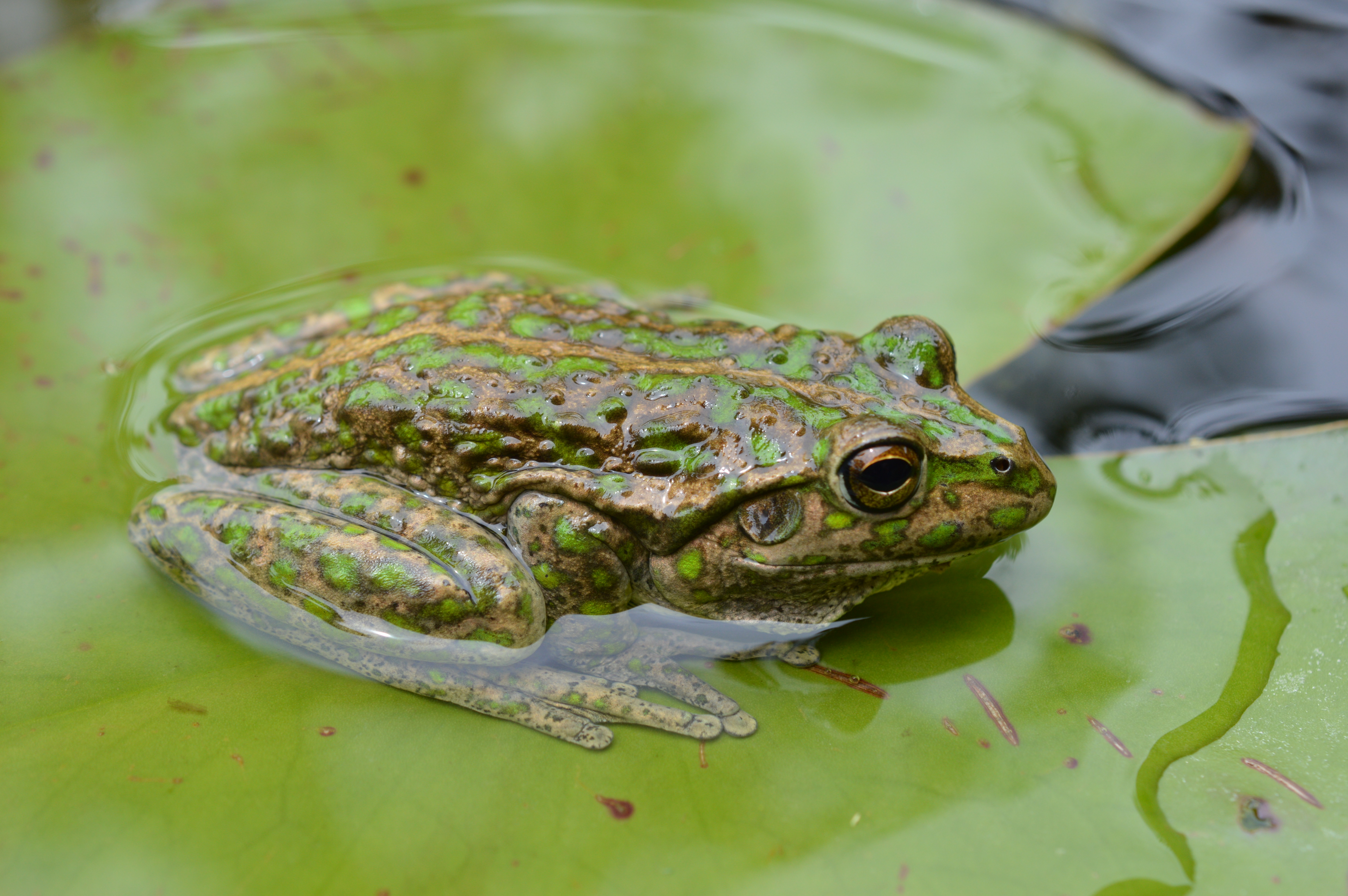
Alien frog invasion wreaks havoc on natural habitat
Indiscriminate feeding by an alien population of the carnivorous spotted-thighed frog – could severely affect the native biodiversity of southern Australia according to a new study by the University of South Australia.
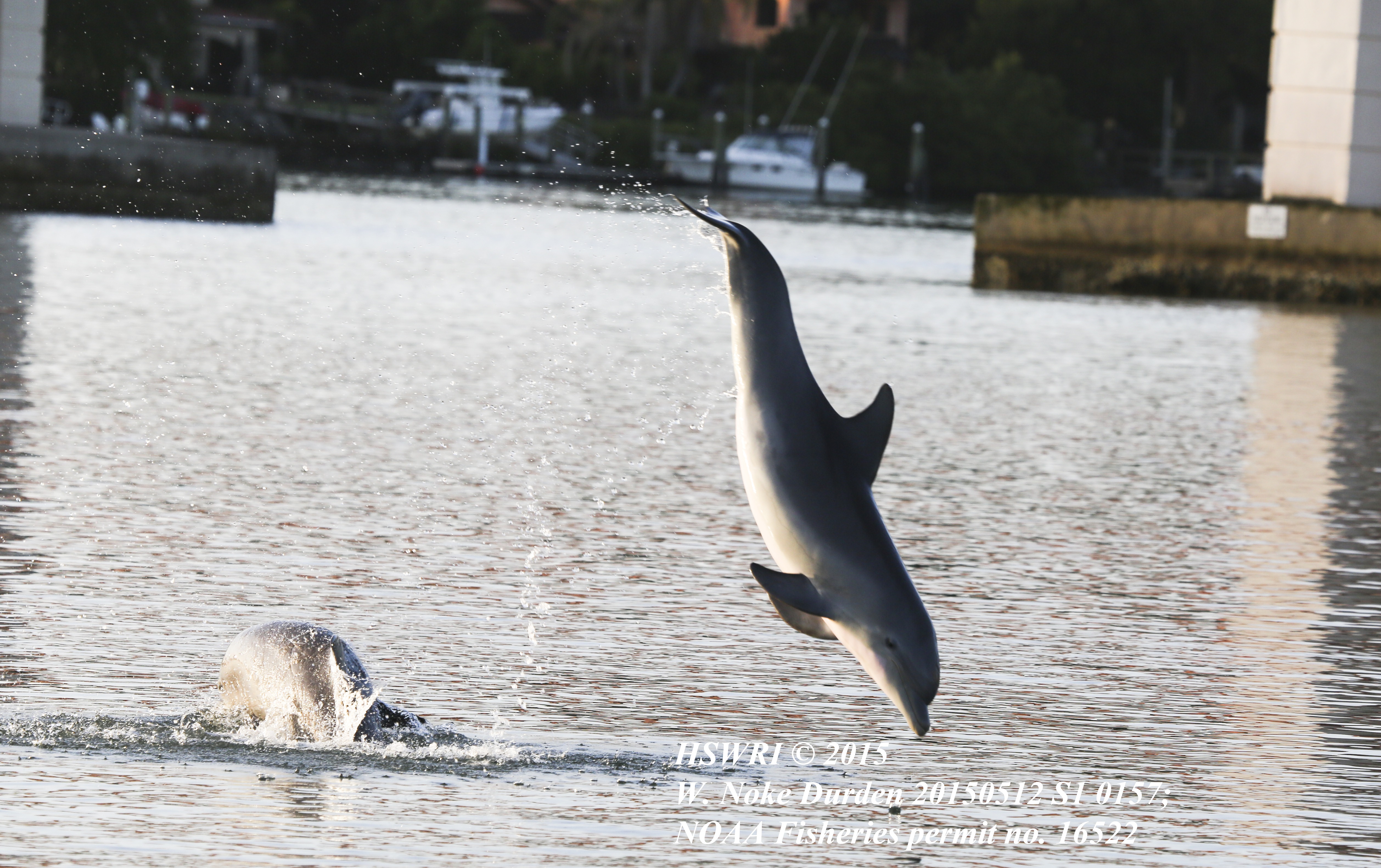
Good Night? Satellite Data Uncovers Dolphins on the Move at Nighttime
More than 1,000 bottlenose dolphins live in Florida’s Indian River Lagoon year-round. Although extensively studied, what they do at nighttime is still a mystery. Using satellite telemetry, scientists provide the first documentation that these dolphins have a larger range that encompasses more habitats than previously thought. They regularly leave the brackish waters of the estuarine system and, not only travel into the ocean, but swim substantial distances – up to 20 kilometers – up freshwater rivers, creeks, and canals.
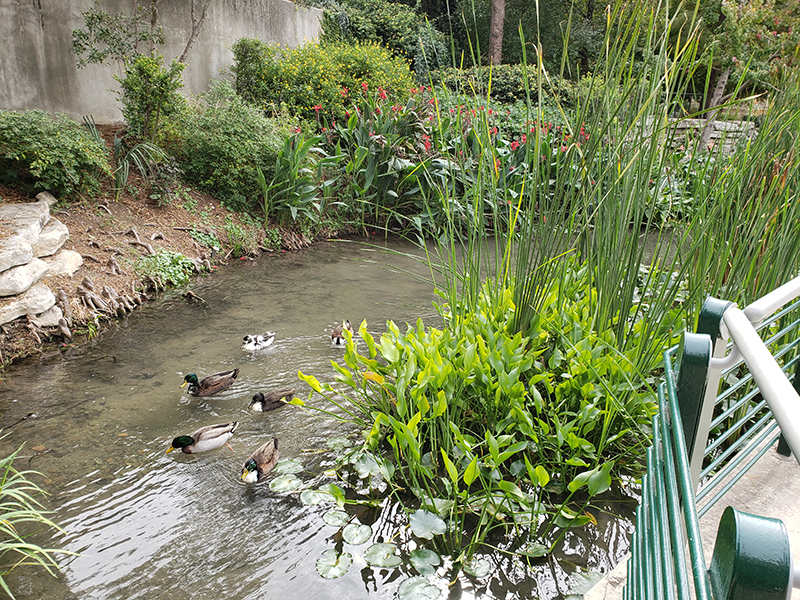
What’s being done to restore wetlands?
Restoration projects bring back the ecological and societal benefits of wetland ecosystems
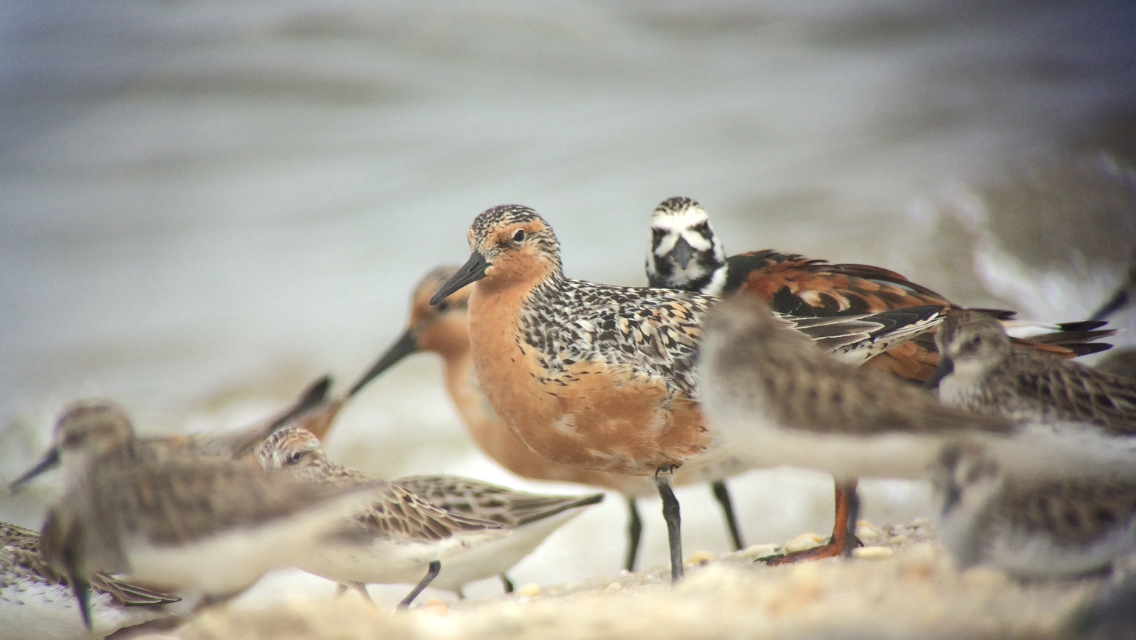
Oyster Farming and Shorebirds Likely Can Coexist
Oyster farming as currently practiced along the Delaware Bayshore does not significantly impact four shorebirds, including the federally threatened red knot, which migrates thousands of miles from Chile annually, according to a Rutgers-led study. The findings, published in the journal Ecosphere, likely apply to other areas around the country including the West Coast and Gulf Coast, where oyster aquaculture is expanding, according to Rutgers experts who say the study can play a key role in identifying and resolving potential conflict between the oyster aquaculture industry and red knot conservation groups.

Can newer irrigation techniques save water?
Using technology makes the best out of every drop
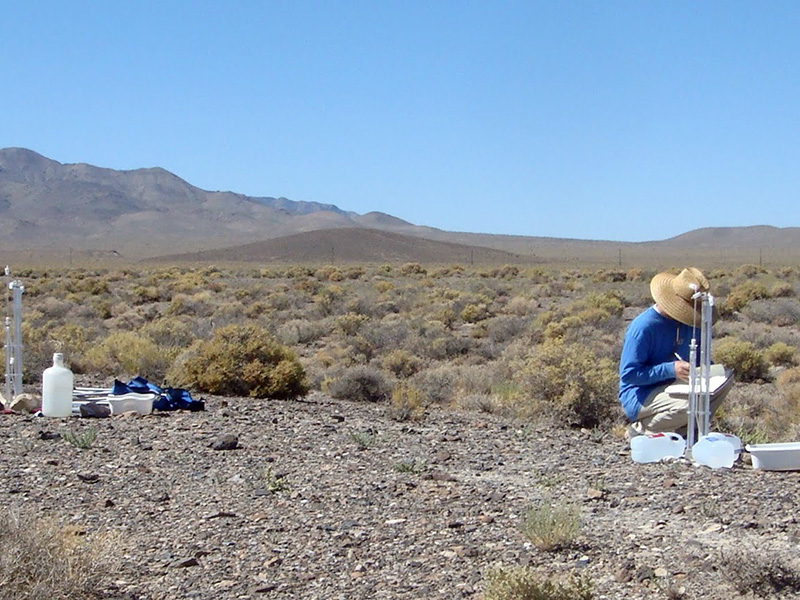
Soil pores hold the key to stability for desert soils
Study shows which desert soils better recover from disturbance
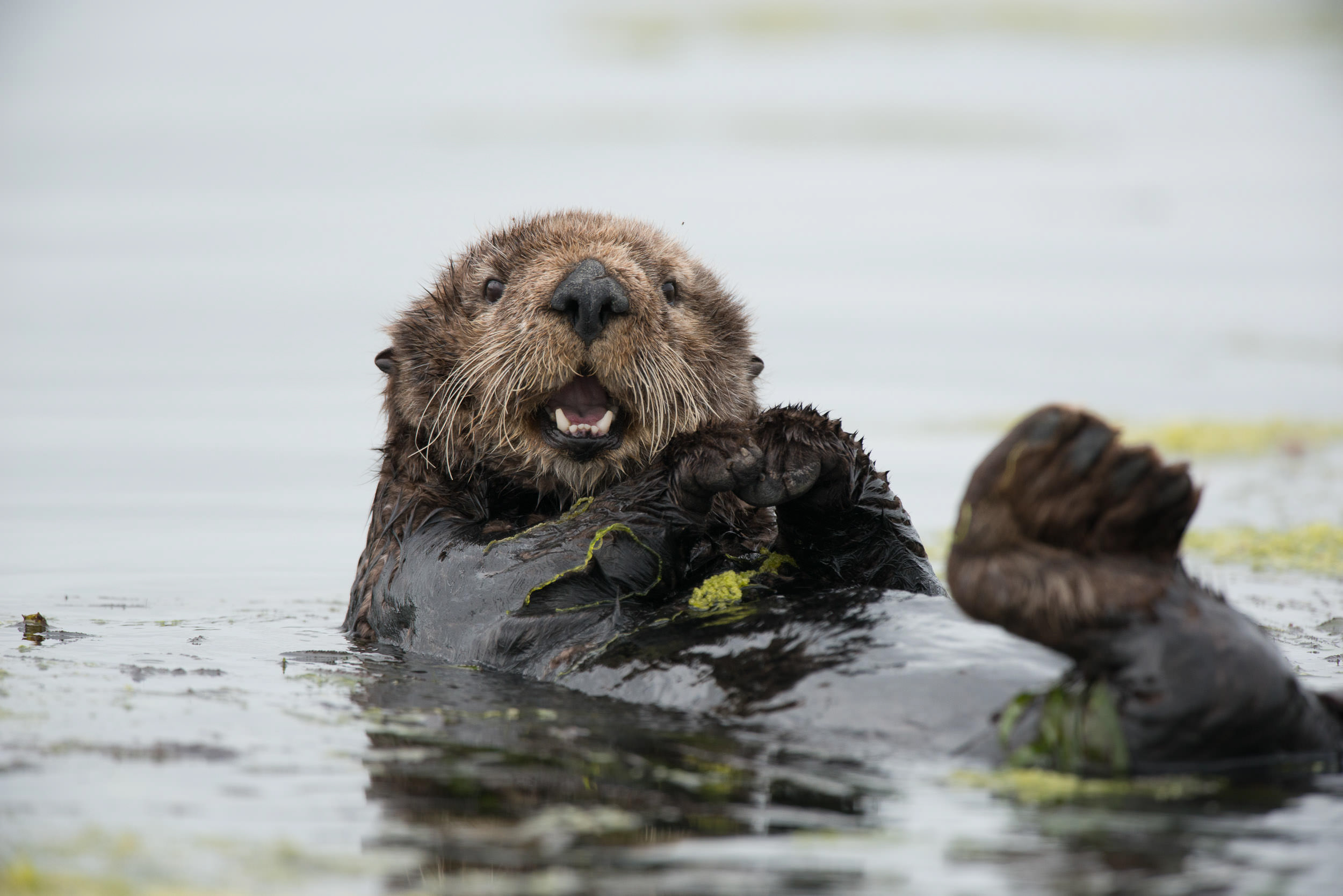
Share the Planet: Protecting California’s Wildlife
See how the CSU is helping preserve California’s wildlife as threats to their habitats continue to grow.
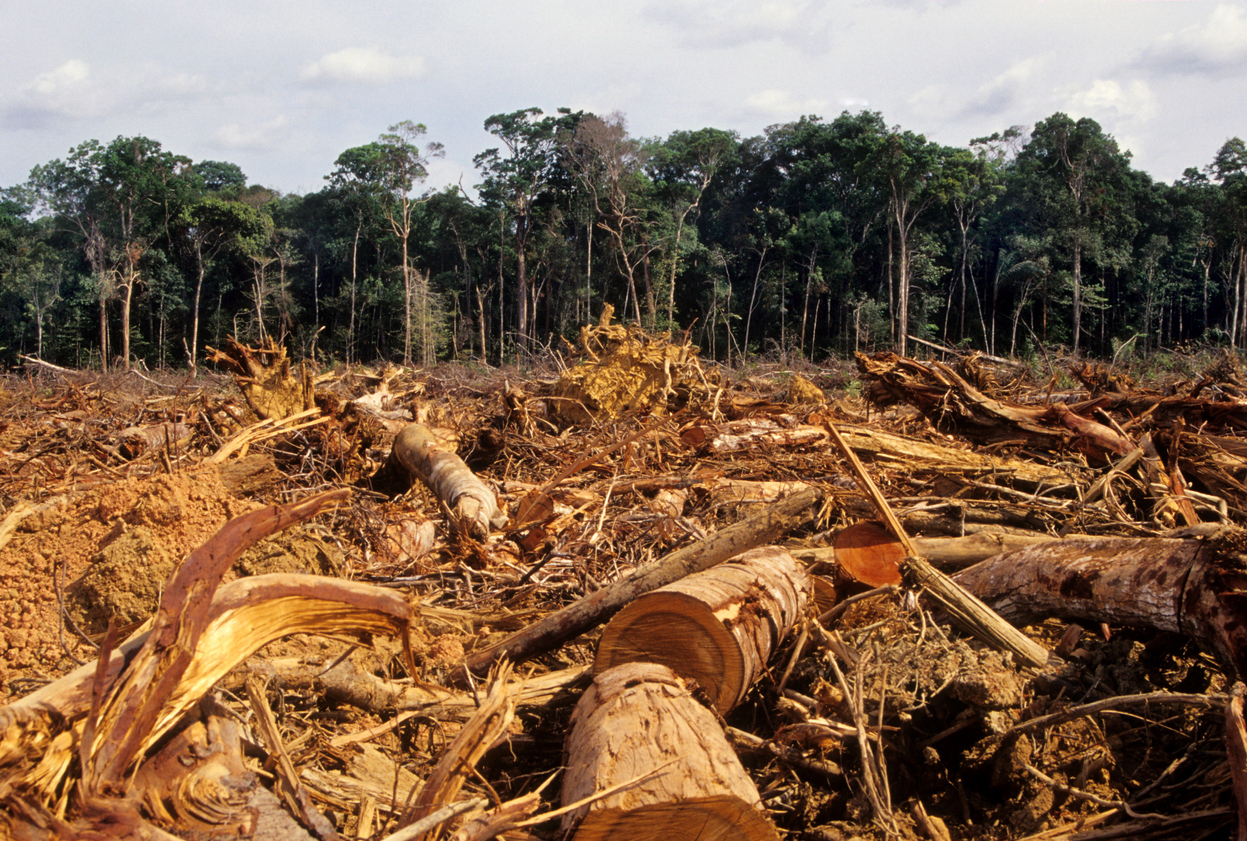
Deforestation Drives Disease, Climate Change and It’s Happening at a Rapid Rate
Deforestation is not an issue dominating headlines in the U.S. right now, but perhaps it should be, according to UC San Diego research. Deforestation has been linked to both the spread of infectious disease and climate change, and what is most alarming, it’s happening at a rapid rate.
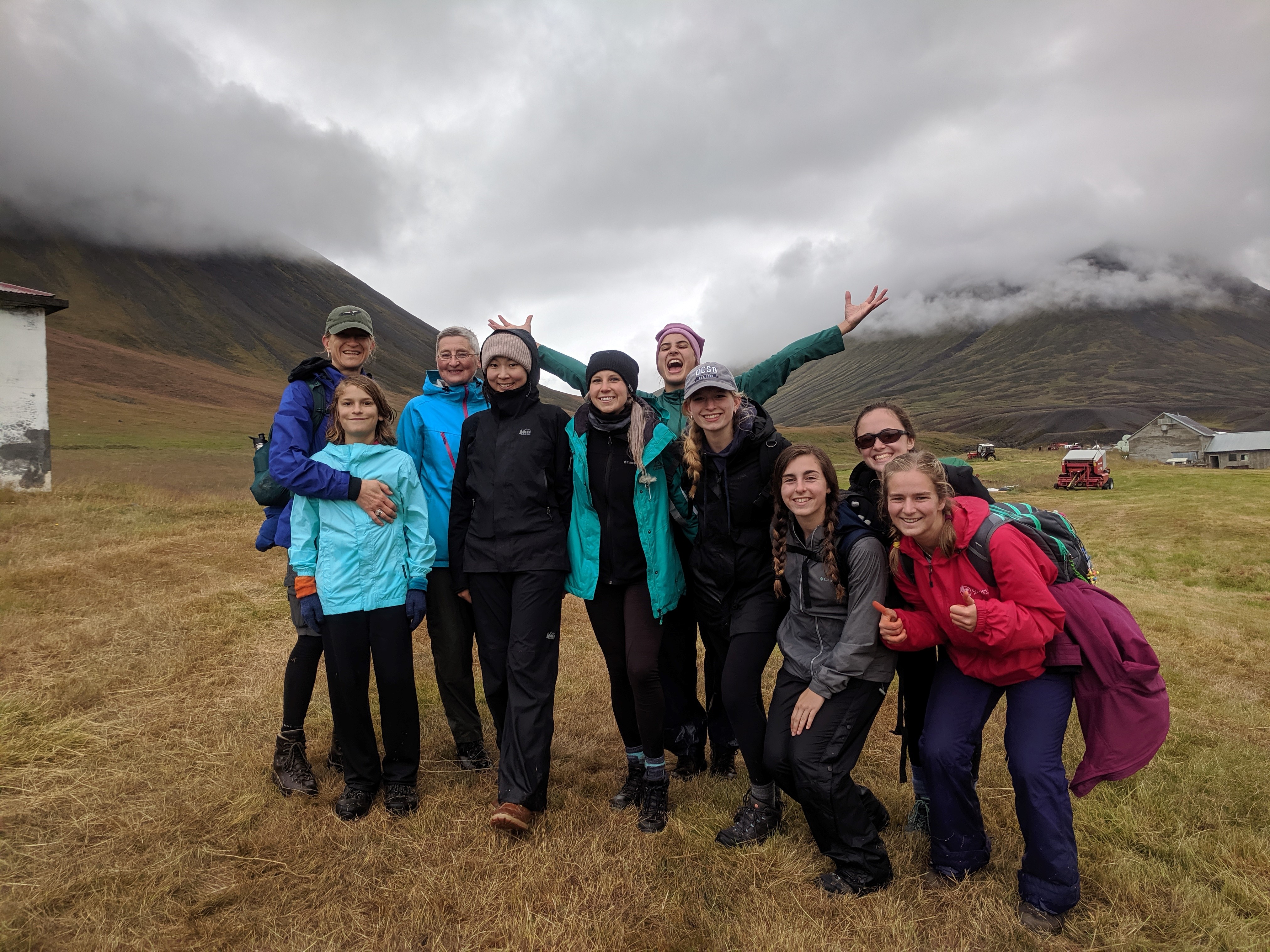
Earth Connection Inspires Environmental Stewardship
On the 50th anniversary of Earth Day, here’s a feature story about UC San Diego Professor Carolyn Kurle and her mission to motivate and inspire students– many from underprivileged backgrounds–into making an “Earth Connection” to help protect the planet and its resources.
Rutgers Experts Can Discuss Emissions, Climate Change During COVID-19 Crisis
New Brunswick, N.J. (April 13, 2020) – Rutgers University–New Brunswick experts are available for interviews on the impacts of the COVID-19 pandemic on greenhouse gas emissions, climate change and efforts to promote a greener economy and lifestyles. “During the 2007…
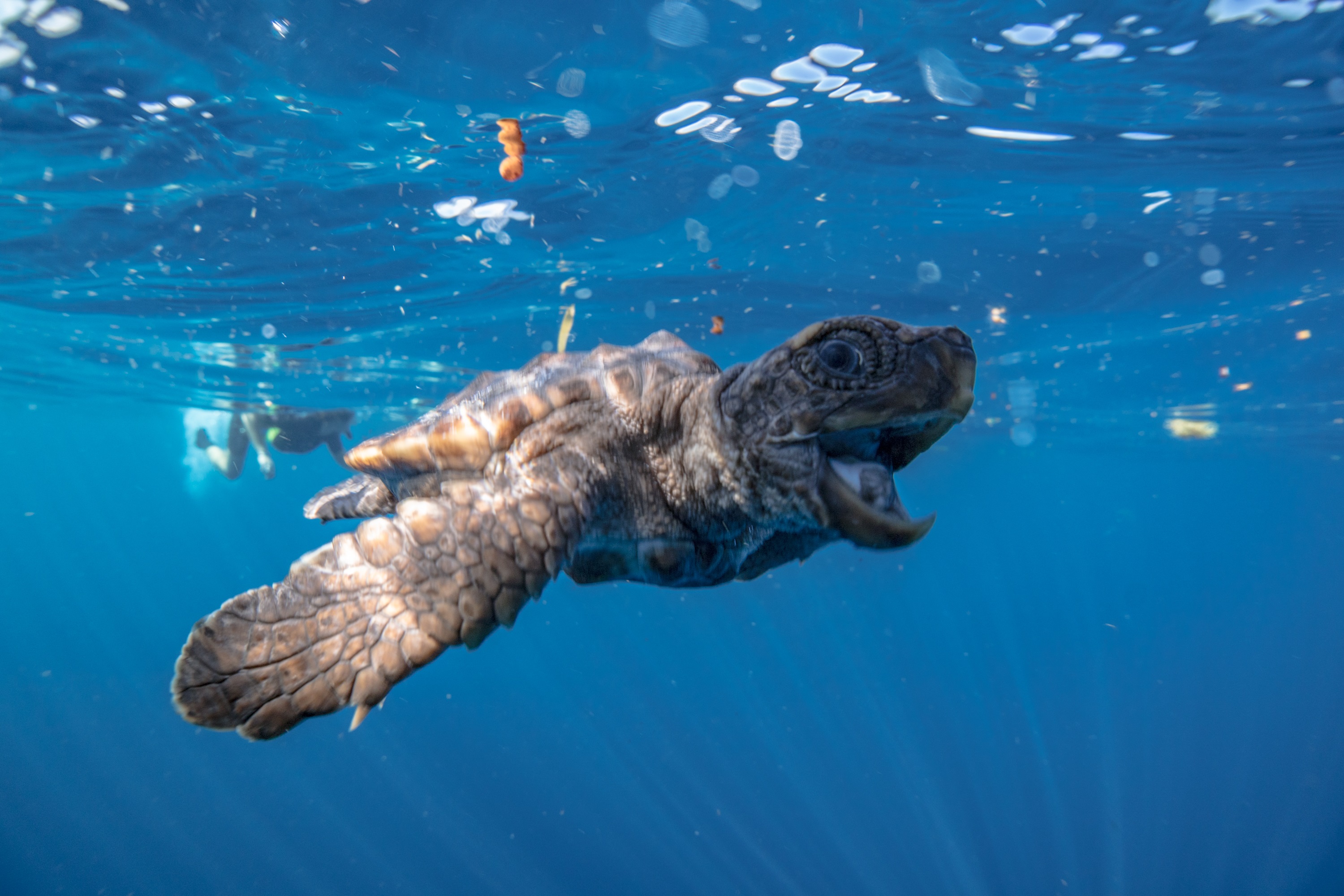
Scientists Develop New Way to Identify the Sex of Sea Turtle Hatchlings
Scientists have developed a new minimally invasive technique that greatly enhances the ability to measure neonate turtle sex ratios. This is the first time that differences in sex-specific protein expression patterns have been identified in blood samples of hatchlings with temperature-dependent sex determination. The technique is a crucial step in assessing the impact of climate change on imperiled turtle species and will enable more accurate estimates of hatchling sex ratios at a population level and on a global scale.
Earth Day historian can discuss upcoming 50th anniversary
BUFFALO, N.Y. — As Earth Day’s 50th anniversary approaches on April 22, University at Buffalo environmental historian Adam Rome can speak to media about the very first Earth Day in 1970, its legacy and the modern U.S. environmental movement. Rome, PhD,…
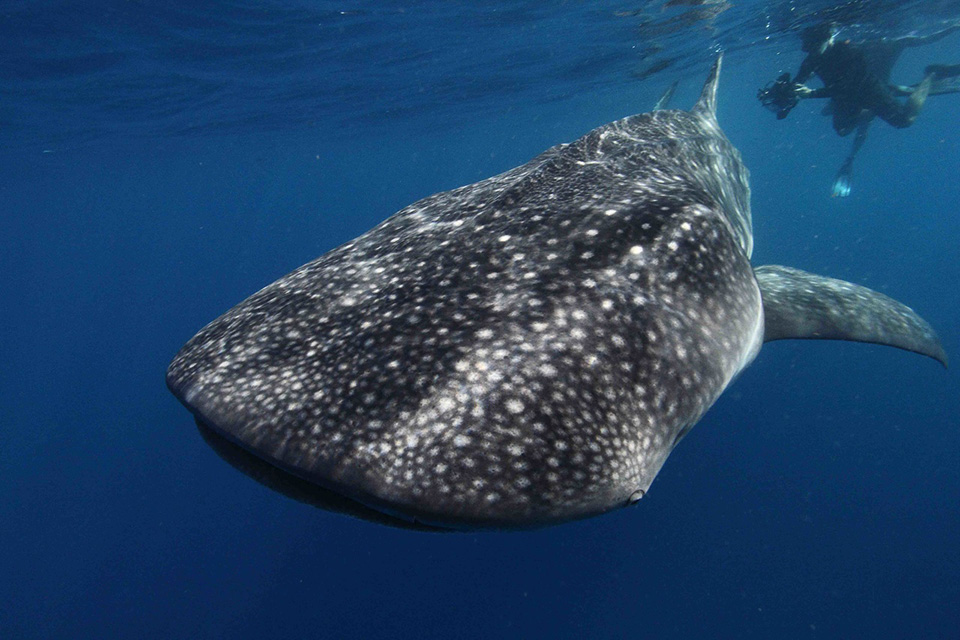
How Old are Whale Sharks? Nuclear Bomb Legacy Reveals Their Age
Nuclear bomb tests during the Cold War in the 1950s and 1960s have helped scientists accurately estimate the age of whale sharks, the biggest fish in the seas, according to a Rutgers-led study. It’s the first time the age of this majestic species has been verified. One whale shark was an estimated 50 years old when it died, making it the oldest known of its kind. Another shark was an estimated 35 years old.

Why do farmers care about conservation?
Long-term farm success depends on sustainable practices.
Monogamous Female Sea Turtles? Yes, Thanks to Sperm Storage
Female sea turtles mate multiply to ensure fertilization. A study of nesting loggerhead female sea turtles in southwestern Florida used genotyping to uncover how many fathers were represented in their nests. Surprisingly, scientists found that 75 percent of the female sea turtles had mated singly. No male was represented in more than one female’s clutches. Findings provide insights into the relative numbers of males present in the breeding population, which are hard to get because males never come ashore.
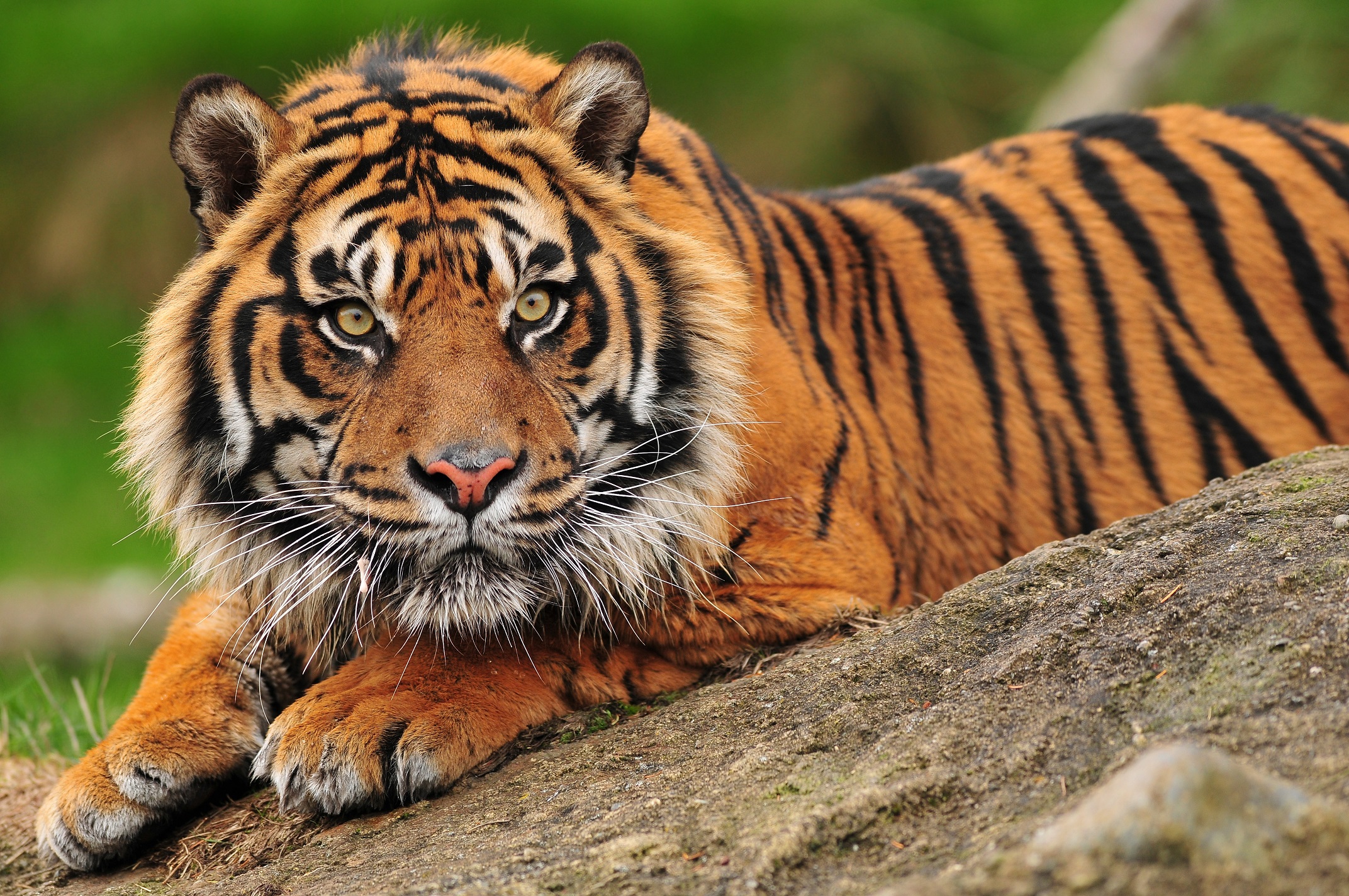
I spy with my digital eye … a tiger’s breathing, a lion’s pulse
A pilot study undertaken by researchers from the University of South Australia at Adelaide Zoo, has developed a new way to undertake basic health checks of exotic wildlife using a digital camera, saving them the stress of an anaesthetic.
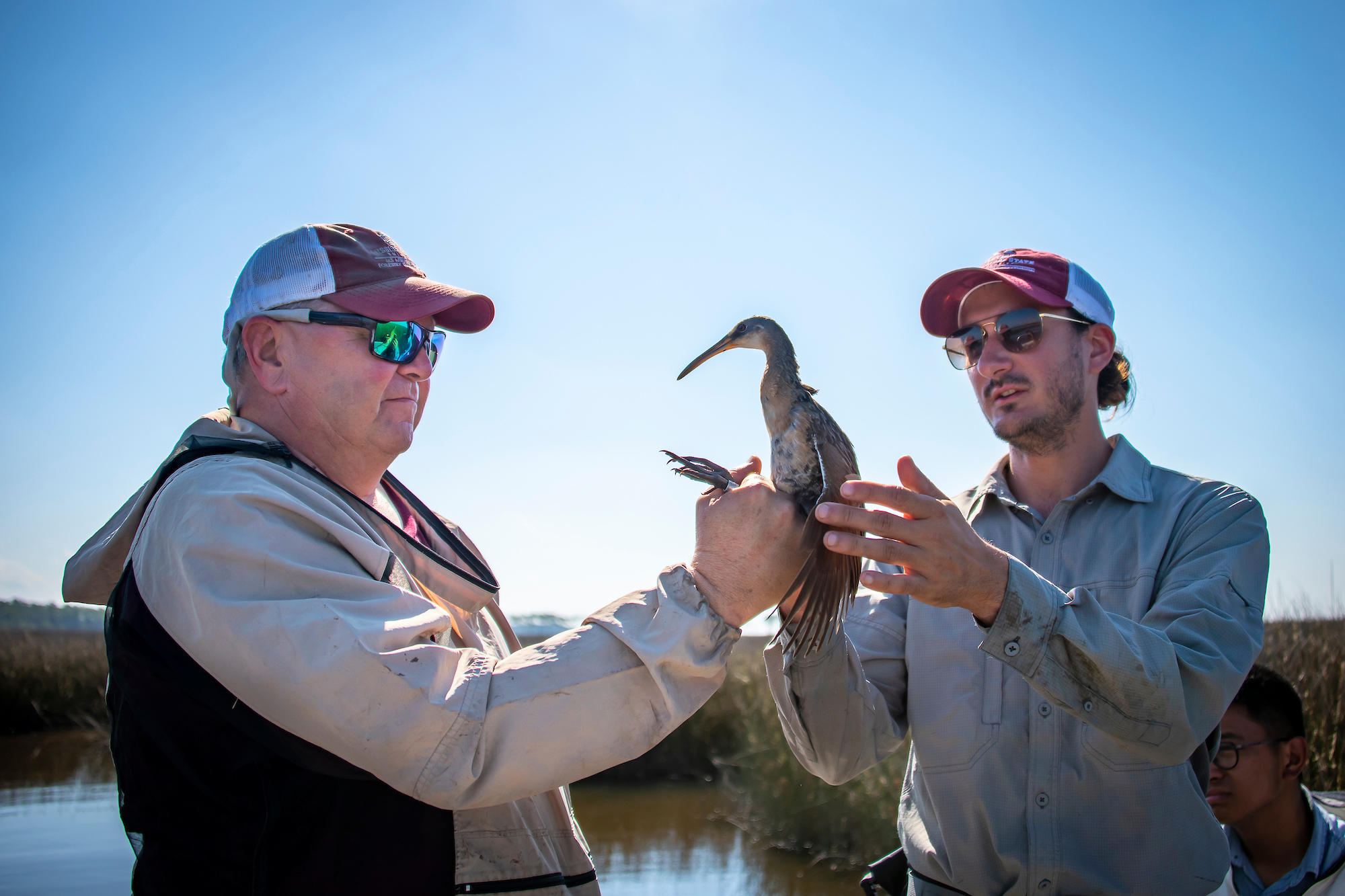
MSU partners to establish network to help coastal birds
A Mississippi State researcher is co-leading a new network of more than 100 wildlife scientists and land managers from across the U.S. to monitor and aid birds along the Gulf of Mexico.
In Cuba, Cleaner Rivers Follow Greener Farming
For the first time in more than 50 years, a joint team of Cuban and U.S. field scientists studied the water quality of twenty-five Cuban rivers and found little damage after centuries of sugarcane production. They also found nutrient pollution in Cuba’s rivers much lower than the Mississippi River. Cuba’s shift to conservation agriculture after the collapse of the Soviet Union—and reduced use of fertilizers on cropland—may be a primary cause.
Trump pollution control cuts ‘not consistent with science,’ will cost Americans
The Trump Administration is expected to finalize a plan on Thursday to remove Obama era environmental protections for streams and wetlands, and cut pollution controls in place since the 1972 Clean Water Act. Catherine Kling is an environmental economist at…
Native Americans did not make large-scale changes to environment prior to European contact
Contrary to long-held beliefs, humans did not make major changes to the landscape prior to European colonization, according to new research conducted in New England featuring faculty at Binghamton University, State University of New York. These new insights into the past could help to inform how landscapes are managed in the future.
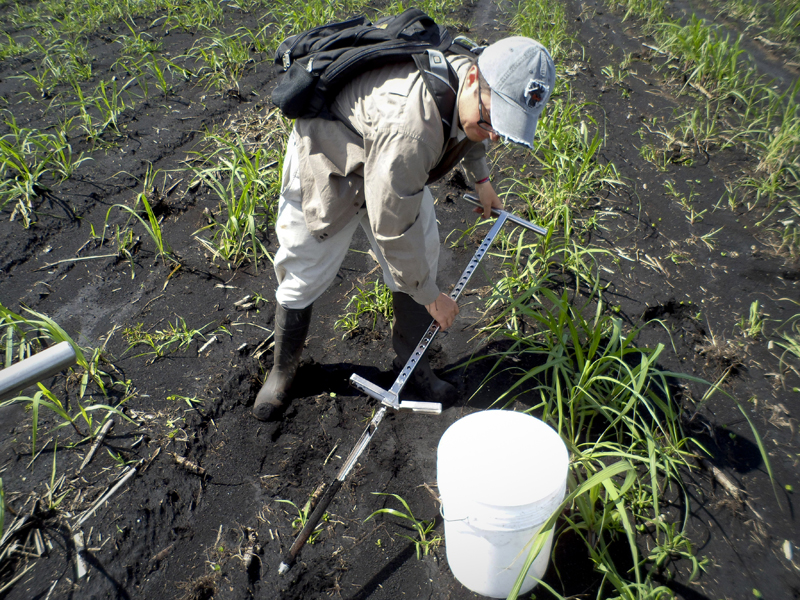
Are sinking soils in the Everglades related to climate change?
Soils releasing carbon as gas lead to challenges on valuable farmland
As Australia burns, experts available to discuss lasting impacts on wildlife, human health
Two dozen people and an estimated 480 million animals have been killed in Australia during unprecedented early-season bushfires that have scorched 18 million acres, destroyed thousands of homes and shrouded cities in thick smoke. University of Colorado Boulder experts are…
Rutgers Expert Available to Discuss Coral Genomics Paper
New Brunswick, N.J. (Jan. 6, 2020) – By combining a range of biological data with the first successful genome editing experiments in corals, scientists are poised for rapid advancements in understanding how coral genes function, according to a paper in…
Local, Native Birds Declining Rapidly While Non-native, Invasive Species Thrive
When Israeli conservation scientists looked at trends of common bird populations over the last 15 years, they found that invasive bird species are thriving, and native ones are largely declining. They present the reasons for these changes, and flag the importance of strategies to mitigate the spread of non-native birds.
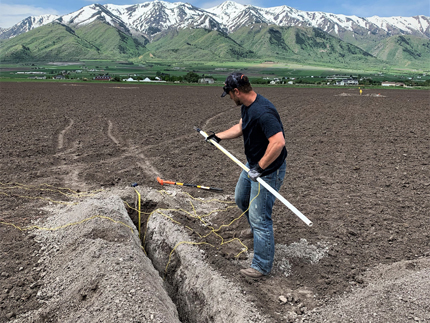
Water management grows farm profits
Study investigates effects of irrigation management on yield and profit

Top 5 ways we can support soil
Join in celebrating World Soil Day on December 5th

ACSESS names Nick Goeser as CEO
The Alliance of Crop, Soil, and Environmental Science Societies (ACSESS), announced that Nicholas J. Goeser has been named Chief Executive Officer.
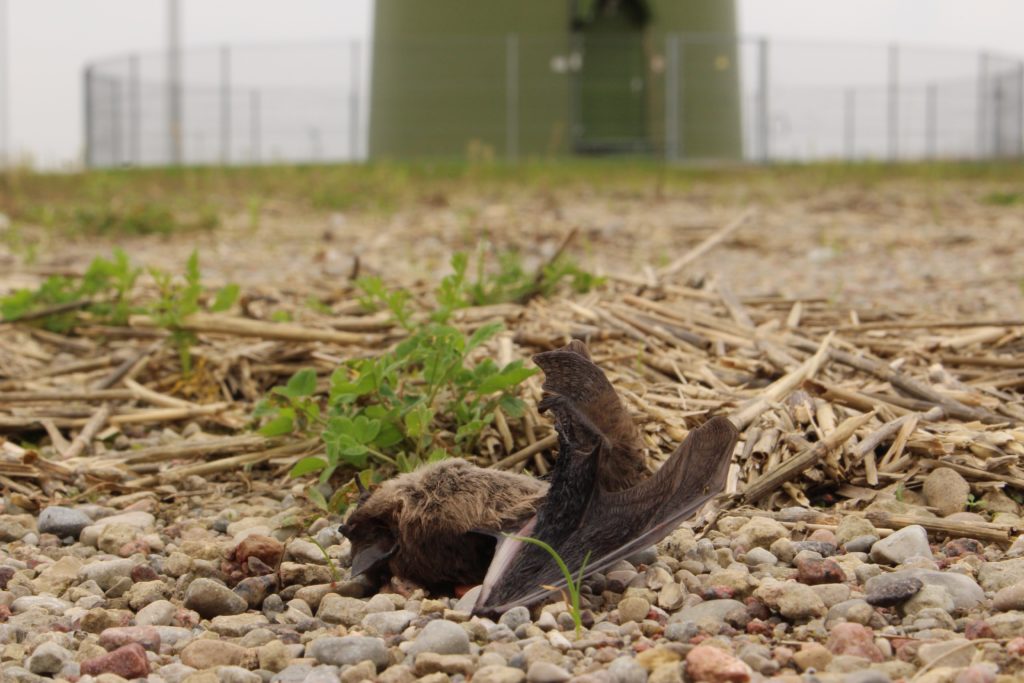
Saving Bats from Wind Turbine Death
Wind energy holds great promise as a source of renewable energy, but some have wondered addressing climate change has taken precedence over conservation of biodiversity. Wind turbines, for example, kill some birds, and the fatality rate for bats is even higher. In the Journal of Renewable and Sustainable Energy, scientists report the results of a survey of stakeholders in the wind energy field about attitudes toward the relative emphasis on climate change versus biodiversity issues.
How to fight illegal cocoa farms in Ivory Coast
The world’s love for chocolate has helped decimate protected forests in western Africa as some residents have turned protected areas into illegal cocoa farms and hunting grounds.
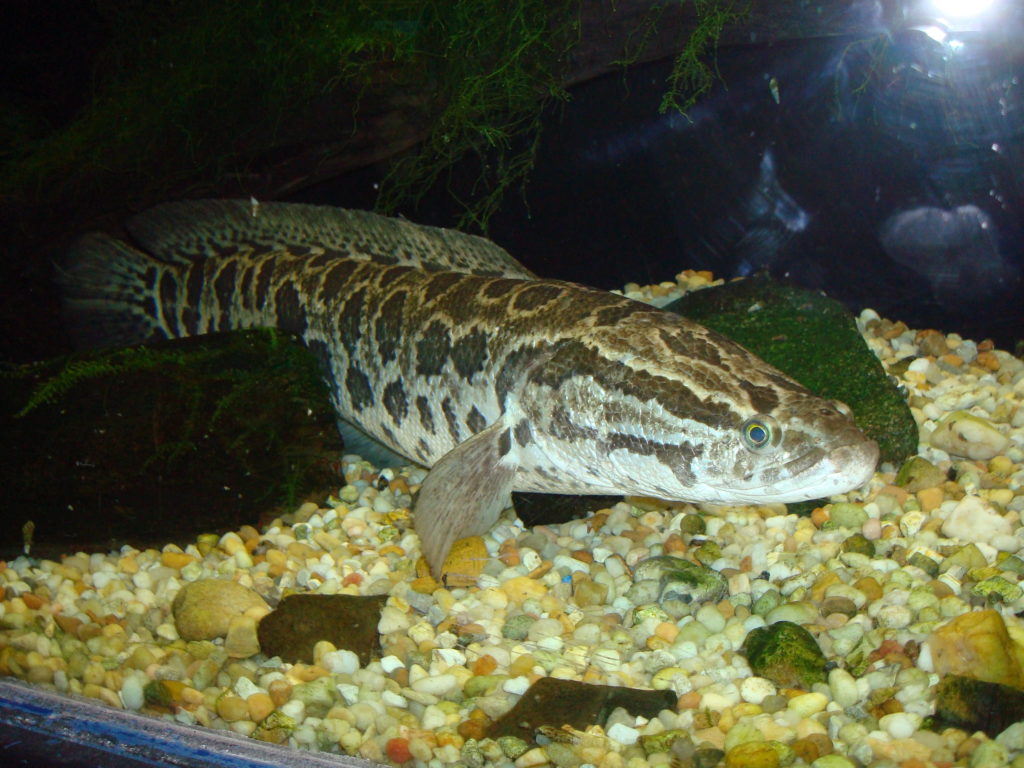
You spot a land-crawling “Frankenfish,” now what?
While orders to “kill it immediately” have been making headlines recently in Georgia and South Carolina, the Northern Snakehead fish has been in the United States for more than a decade. Virginia Tech fish and wildlife experts who have been…
Lost trees hugely overrated as environmental threat, study finds
Cutting down trees inevitably leads to more carbon in the environment, but deforestation’s contributions to climate change are vastly overestimated, according to a new study.
Rutgers Expert Can Discuss Proposed High Seas Biodiversity Treaty
New Brunswick, N.J. (Oct. 16, 2019) – Rutgers University environmental law expert Cymie R. Payne is available to comment on a proposed international treaty aimed at conserving high seas biodiversity. The treaty, which is under negotiations at the United Nations,…
Linking soil and environmental health
Changes in soil microbes, soil salinity to be covered in symposium
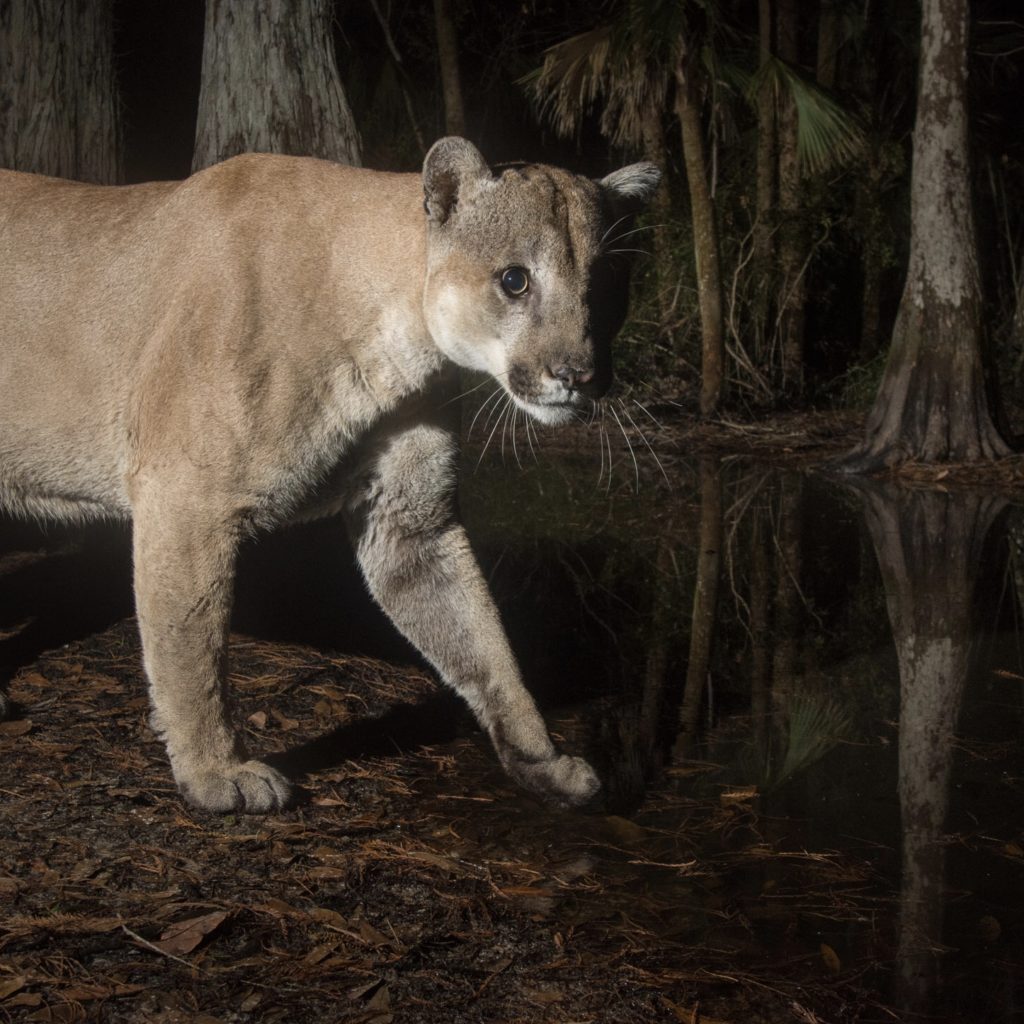
How the Texas puma saved the Florida panther
Scientists have pieced together the first complete picture of the Florida panther genome – work that could serve to protect that endangered population and other endangered species going forward.
Updates on balancing food production with environmental quality
Symposium to cover cross-cutting issues that apply to growers
Composting and Urban Agriculture of San Antonio Tour
Scientists to explore unique agriculture facilities in San Antonio area
MSU CONSERVATION AND BUSINESS RESEARCHERS PARTNER TO DISRUPT WILDLIFE TRAFFICKING
A team of conservation and supply chain experts will merge datasets, comb through logistical networks, leverage local partnerships and use advanced analytics to predict and respond to weaknesses in illegally trafficked wildlife supply chains.
Rutgers Expert Can Discuss Indonesian Fires Threatening Orangutans
New Brunswick, N.J. (Sept. 23, 2019) – Rutgers University–New Brunswick Professor Erin R. Vogel, an expert on endangered orangutans, is available to comment on tropical forest fires threatening the Tuanan Orangutan Research Station in the Mawas Conservation Area on the…
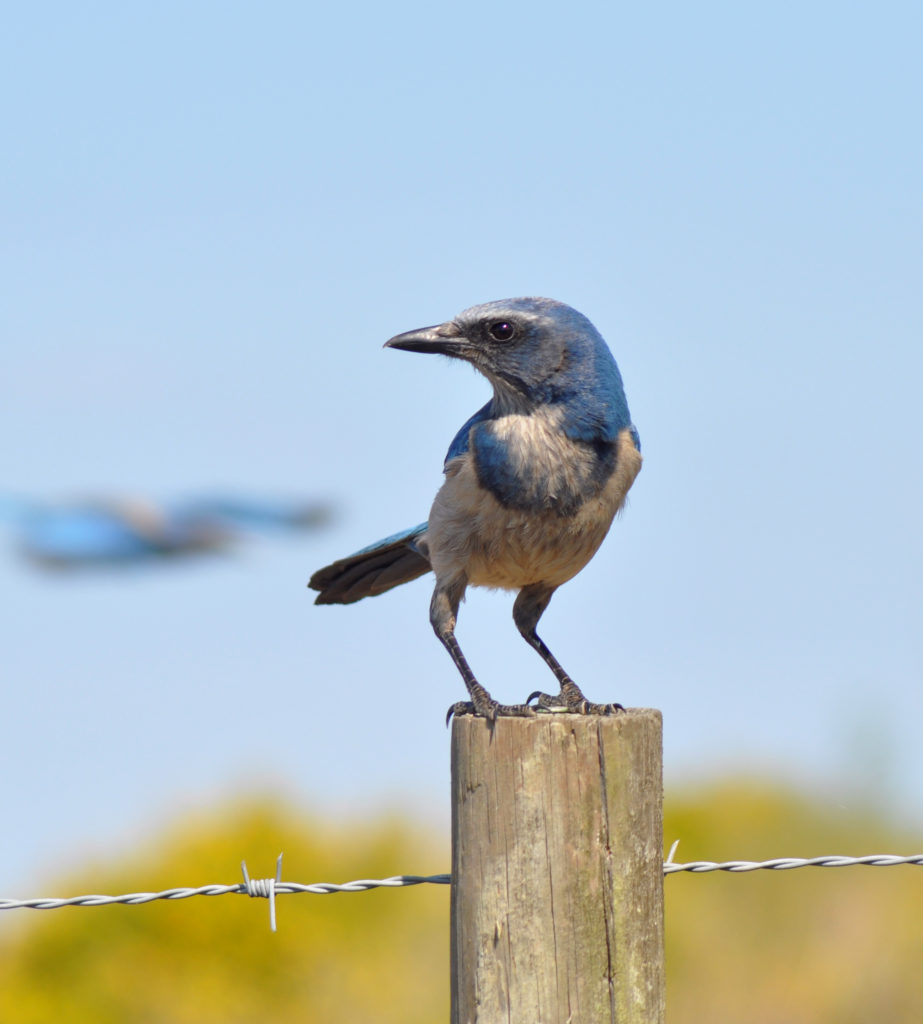
Grants Awarded to Land Trusts for Bird Conservation
The Land Trust Bird Conservation Initiative has awarded six new grants to support a variety of conservation projects benefiting birds and other species that live in habitats across the country, from grassland, to scrub, forest, and prairie. The Land Trust Bird Conservation Initiative was formed in 2013 by the Cornell Lab of Ornithology and the Land Trust Alliance.
SharkCam Reveals Secret Lives of Basking Sharks in UK
An autonomous underwater vehicle (AUV) known as the REMUS SharkCam has been used in the UK for the first time to observe the behavior of basking sharks in the Inner Hebrides, off the west coast of Scotland.